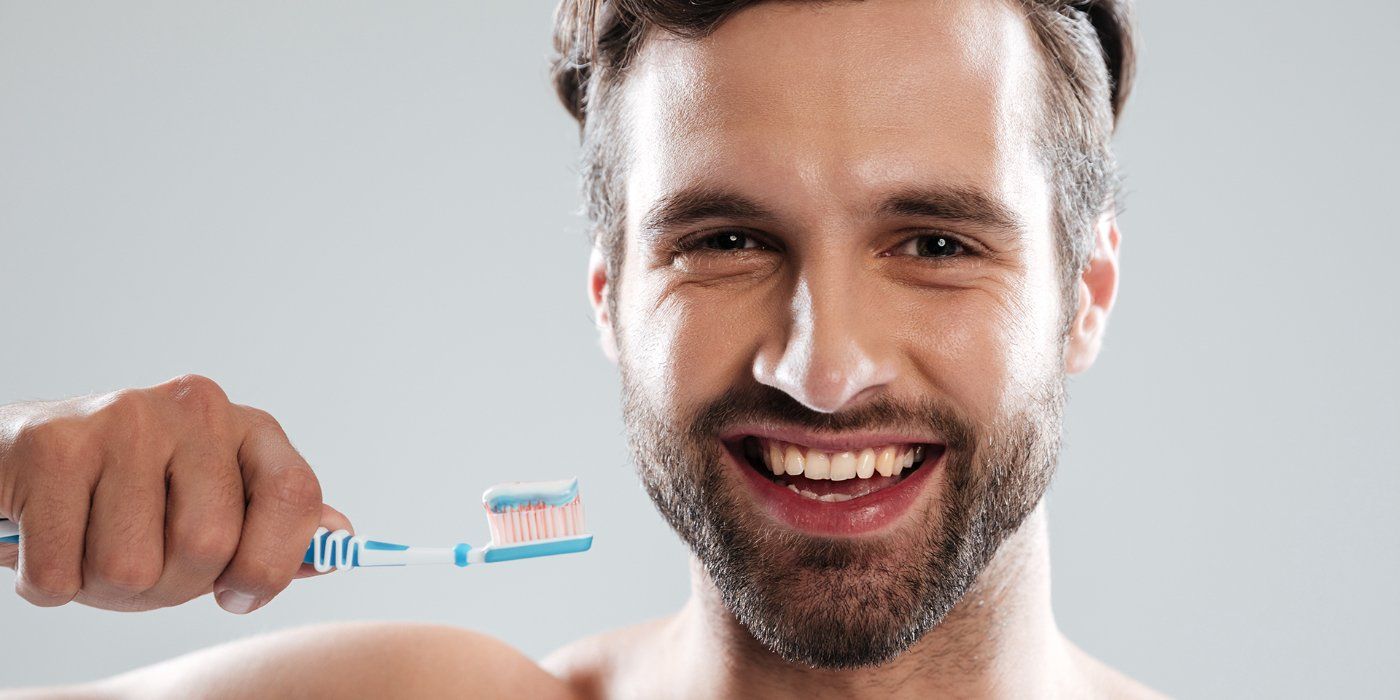
By Dr. Dogra ● January 12, 2022
Most people are aware that brushing their teeth twice a day is one of the most important practices for removing plaque and bacteria and keeping teeth clean. However, brushing may only be effective if people use the correct technique! Make sure to brush using circular motions, brushing the front, back and top of every tooth!
● Do use a fluoride toothpaste. Fluoride is added to toothpastes because it can help to strengthen the tooth enamel, making it more resistant to tooth decay. It also reduces the amount of acid that the bacteria on your teeth produce.
● Use a soft/medium toothbrush with a small head that can reach the spaces at the back of your mouth.
● Brush for two minutes, twice a day. Break it down into the sections of your mouth – upper right, upper left, lower right and lower left; brush each section for 30 seconds.
● Do use a stopwatch to get an idea of what two minutes feels like.
● Use the right technique. Tilt the brush to a 45-degree angle against the gum line and brush using small circles. This method is the most gentle and effective way to remove plaque!.
● Brush your tongue to remove odour-causing bacteria.
● Do use dental floss and/or interdental brushes to clean between the gaps in your teeth, each gap may vary in size.
● Replace your toothbrush every three months or after you have had a cold, virus or infection.
● Consider a powered toothbrush, it can clean better especially if you have difficulty brushing or with dexterity.
● Do establish a good tooth brushing routine with children as early as possible.

● Do not brush too hard. Use a soft toothbrush and a gentle touch. If you are using an electric toothbrush, you just need to guide the brush rather than apply pressure. Too much brushing or brushing too hard will wear down the enamel on your teeth and damage your gums, which can cause sensitivity.
● Avoid brushing from side to side as this can scrape at the gums.
● Don’t forget to brush your back teeth.
● Restrict from rinsing after brushing. Just spit out the toothpaste and allow the fluoride in the toothpaste to stay on your teeth.
● Do not brush straight after eating, wait at least 30 minutes. Acid in food can soften the enamel so brushing too soon will damage the enamel. After eating you should rinse away any food debris with a glass of water or chew some sugar free gum.
● Don’t ever share a toothbrush with anyone, even a family member. Germs and infection could be transferred via a toothbrush.
Properly brushing your teeth twice per day, for at least two minutes per time, is the foundation of a good oral healthcare routine. You should also visit your dentist at least once per year for an exam and cleaning. Many dentists recommend visiting every six months, or twice per year, to ensure you have healthy teeth and gums.
Your dentist can recommend types of toothpaste, interdental brushes, dental floss, or even types of toothbrushes that can help your oral health improve. You should swap out your toothbrush every three to four months or as soon as the bristles become frayed.
Avoid chewing too much gum or using other types of mints, which might be high in sugar and can harm your dental health. Also, consider adjusting your diet to reduce your overall intake of sugary foods and drinks.
In addition to these refinements, you may also consider longer term treatments like clear plastic aligners. Getting proper dental alignment makes it easier to clean your teeth, which can reduce tartar buildup and other oral health problems.



Request Appointment
Family & Cosmetic Dentistry
We look forward to being your dental office for the rest of your life!

We can’t wait to meet you!
Business Hours